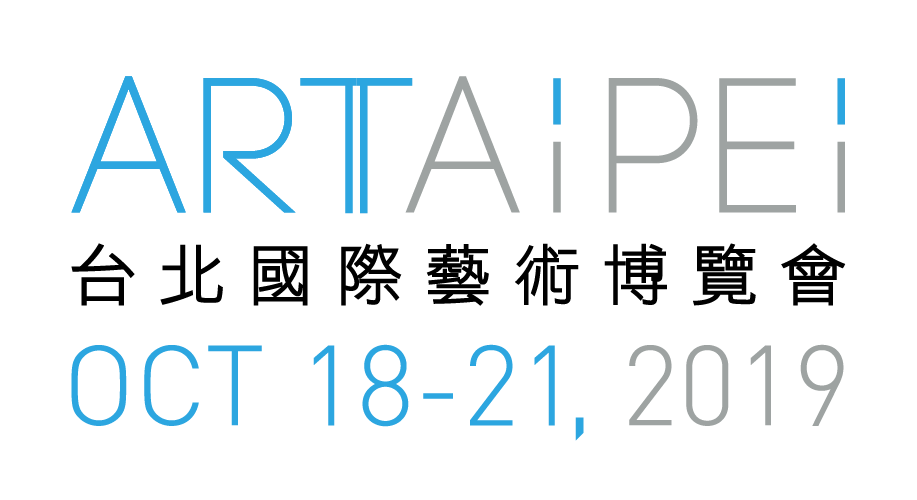The 26th edition of ART TAIPEI will open on 18 October at the Exhibition Hall, Taipei World Trade Centre. The four-day art fair will bring together 141 galleries from 12 countries and regions in Europe and Asia. With the theme of “Reproduction of Light”, ART TAIPEI is about to show the abundant and diverse reality of the contemporary Chinese art scenes through the dimension of time and space.
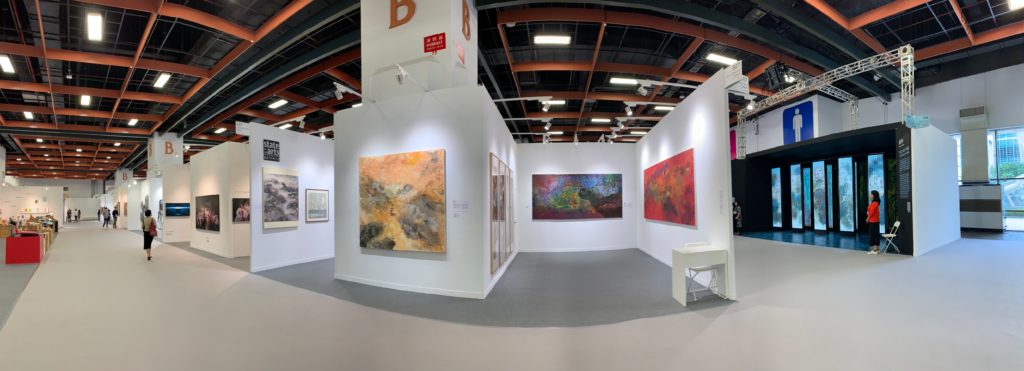
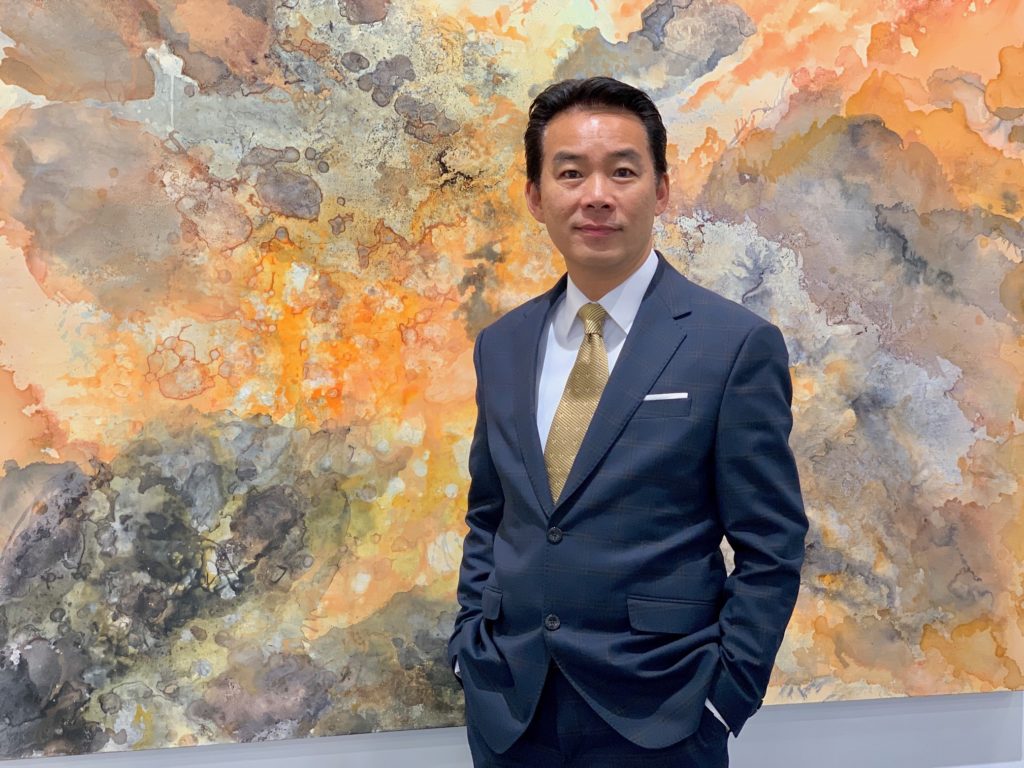
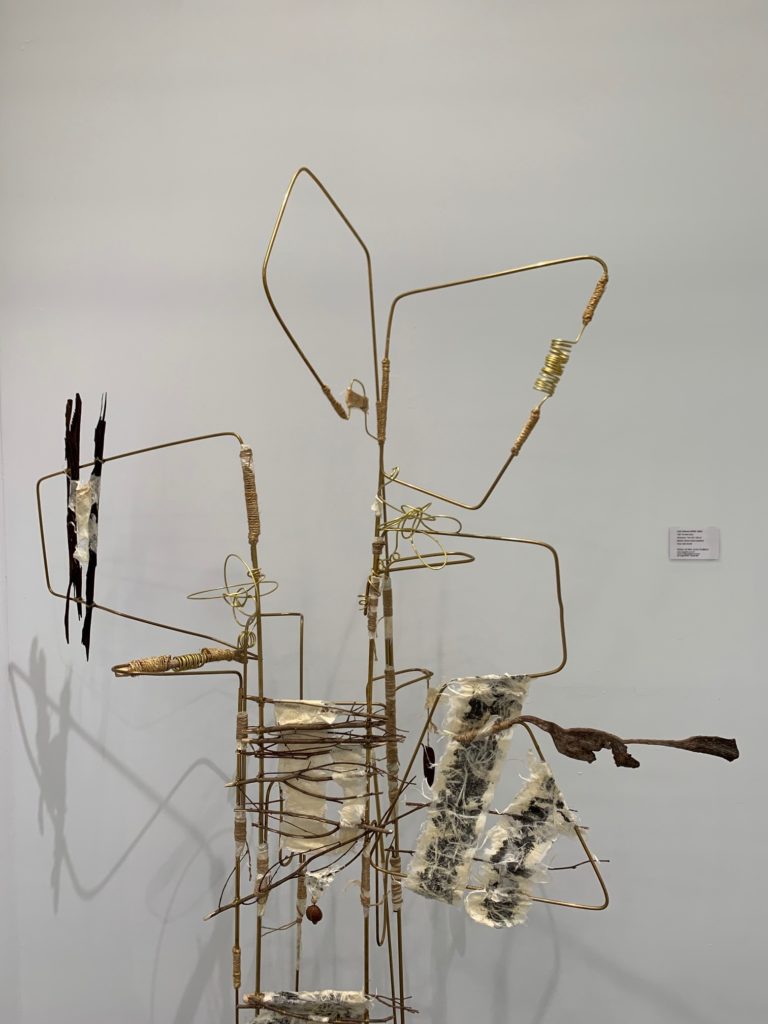
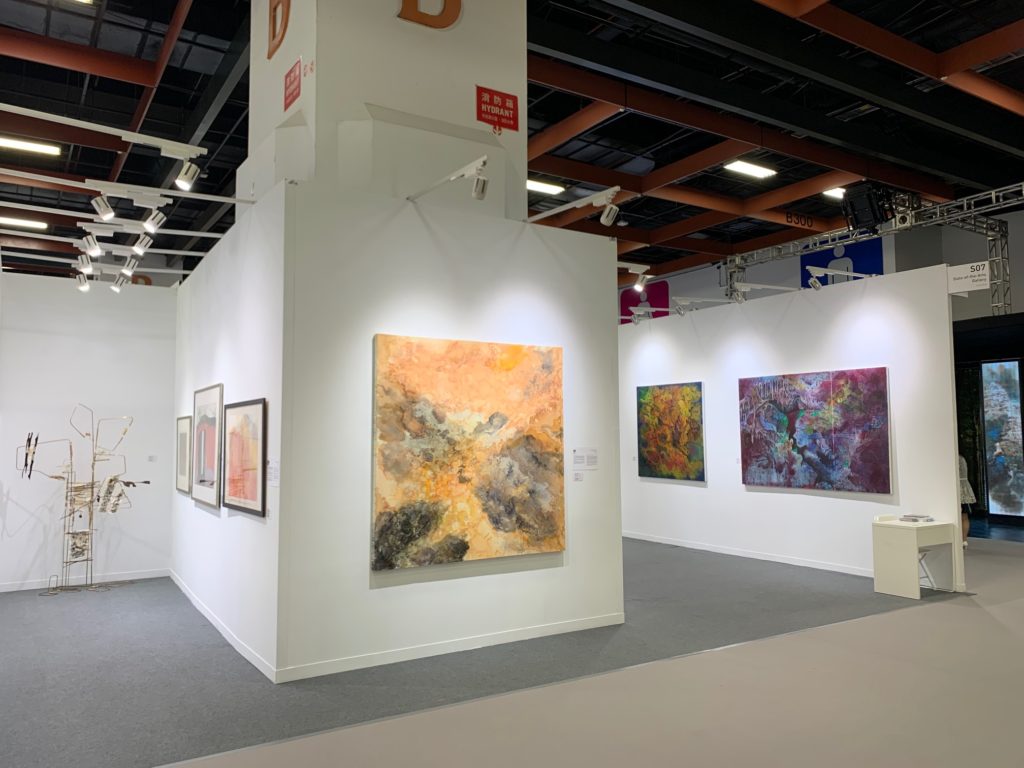
SAMUES, The Mountain Muse, 180x180cm, Mixed media on canvas 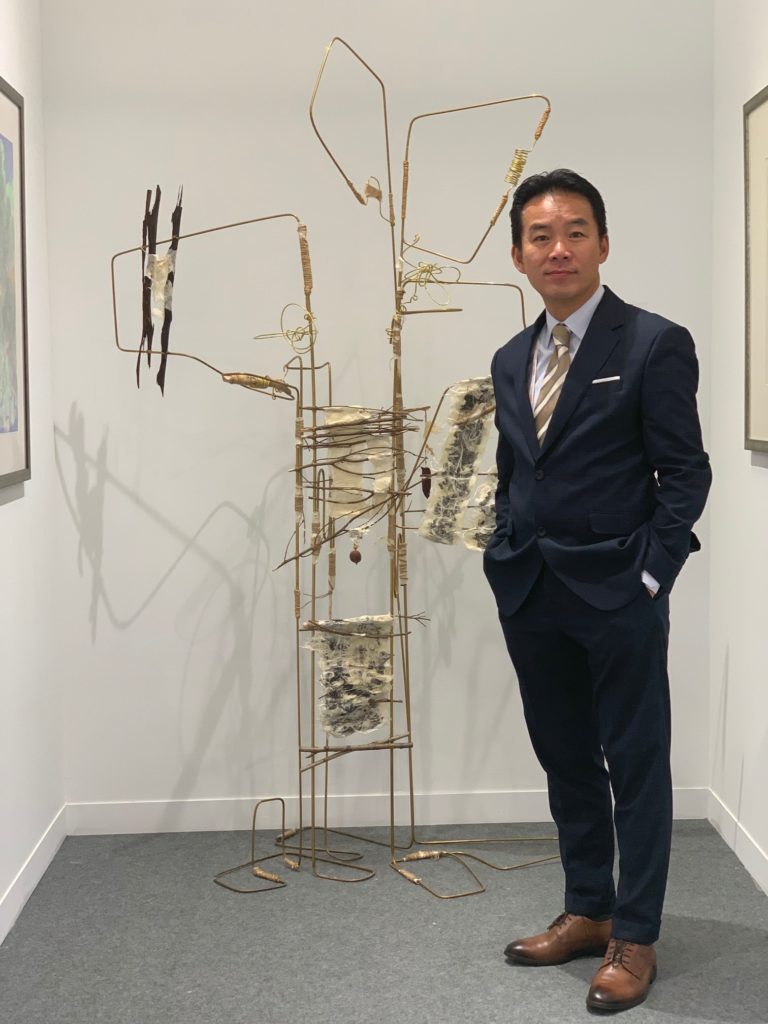
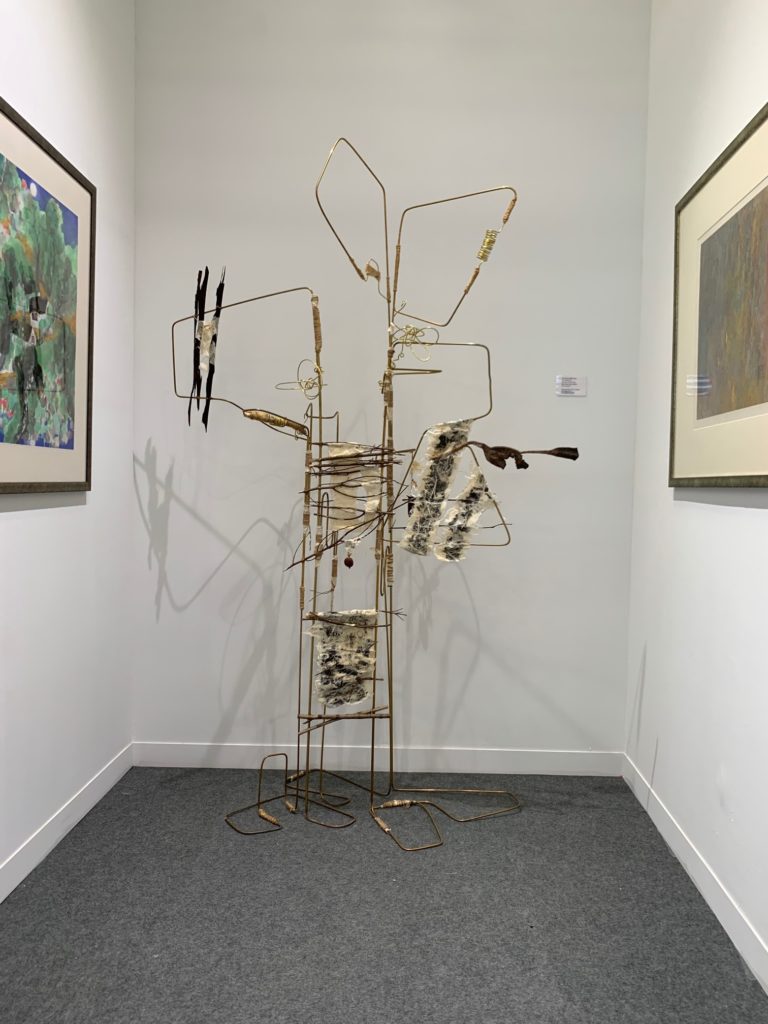
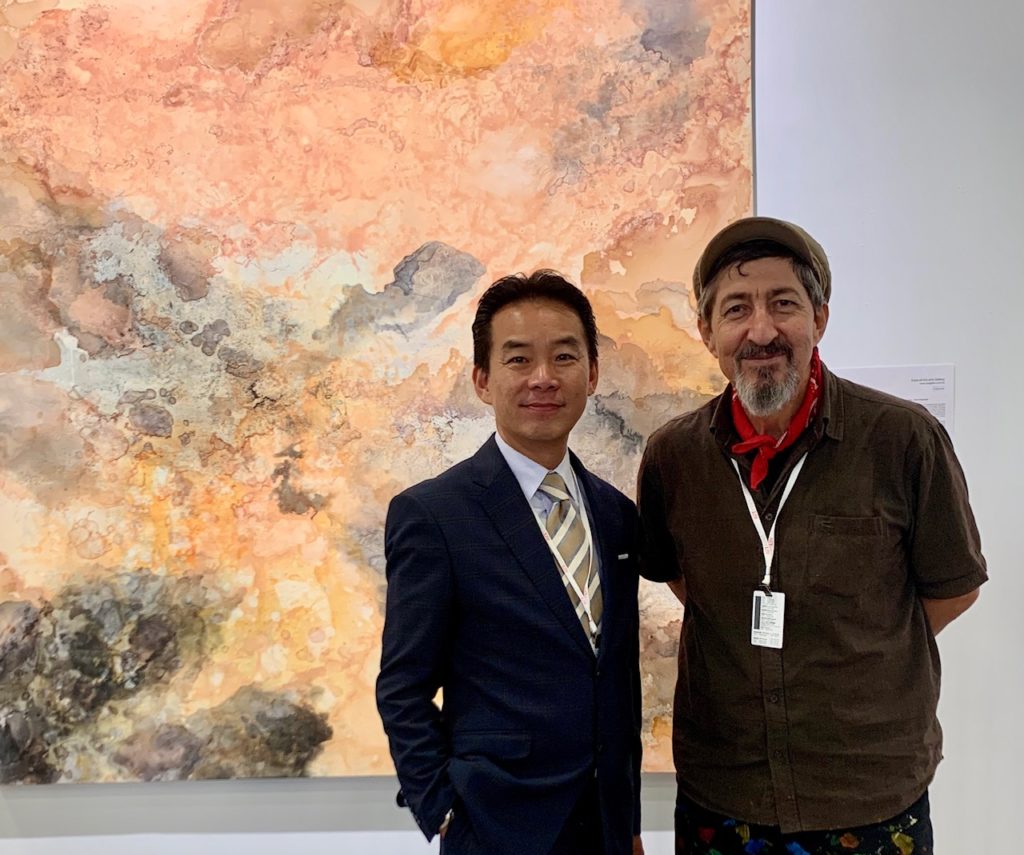
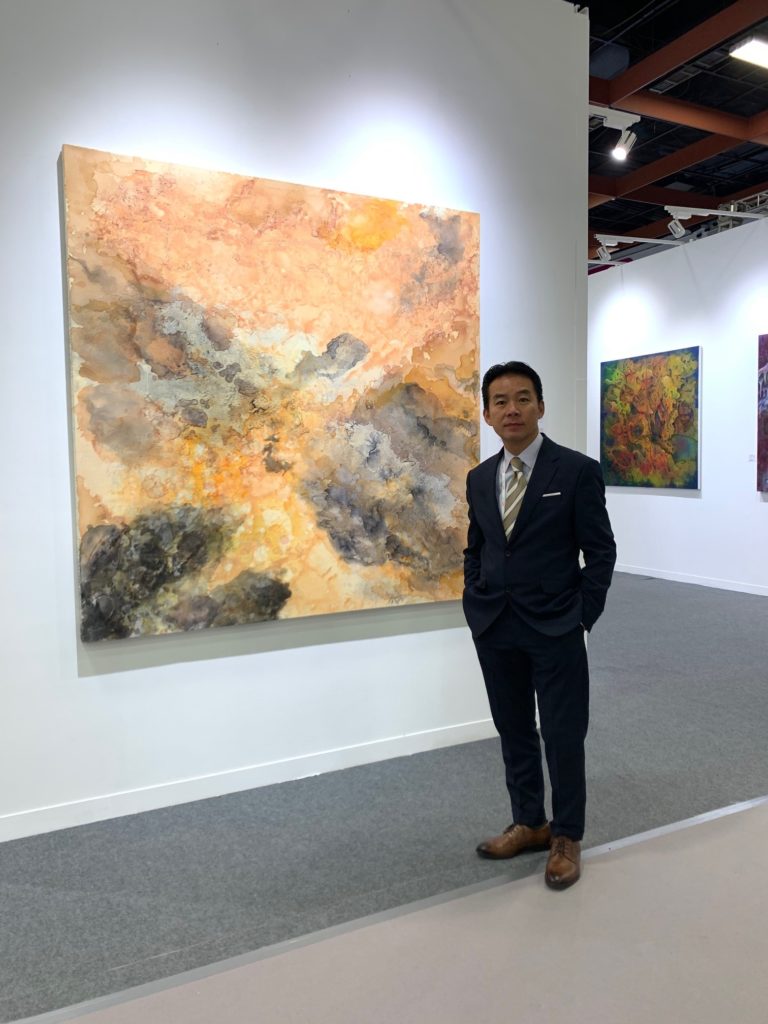
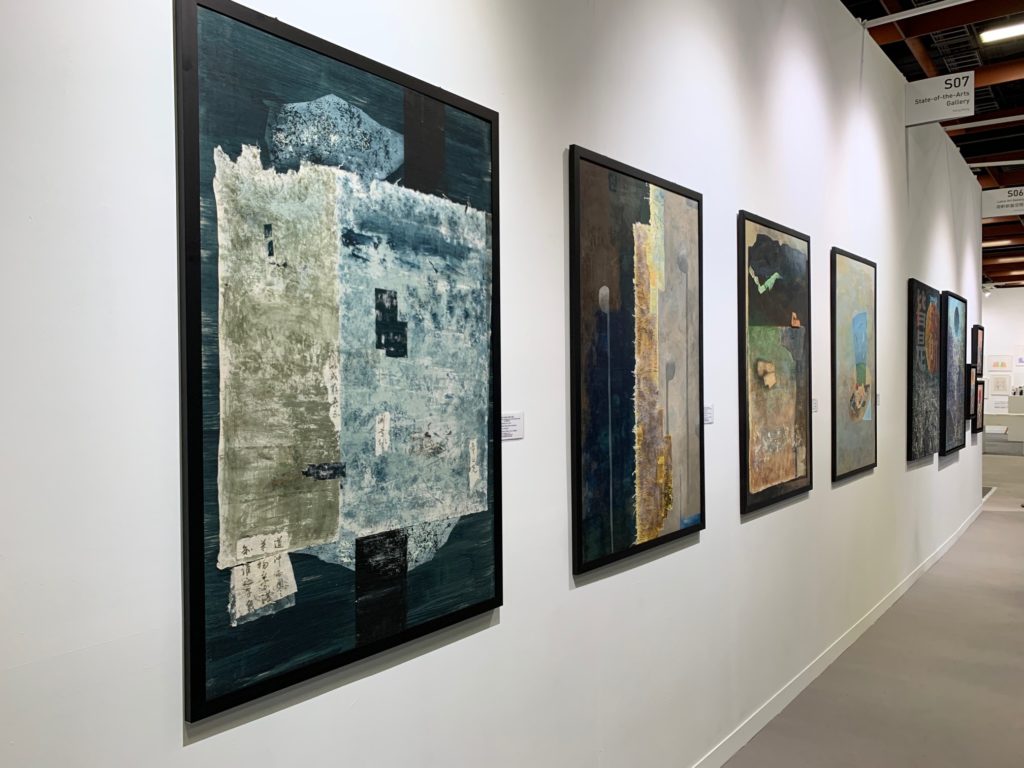
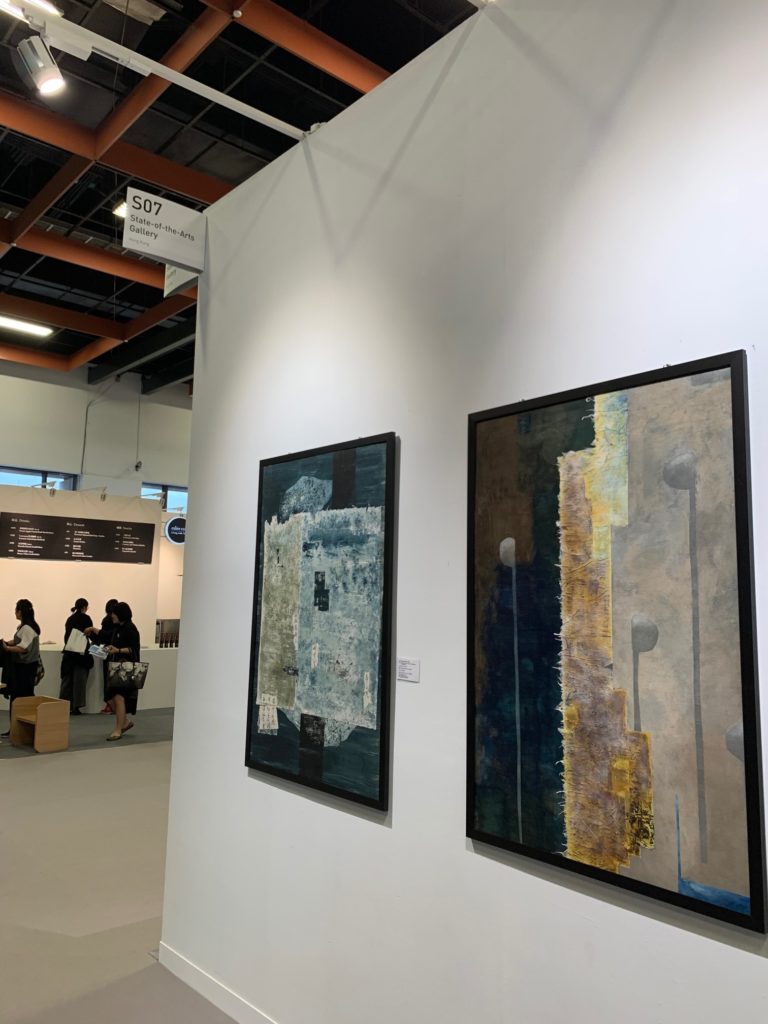
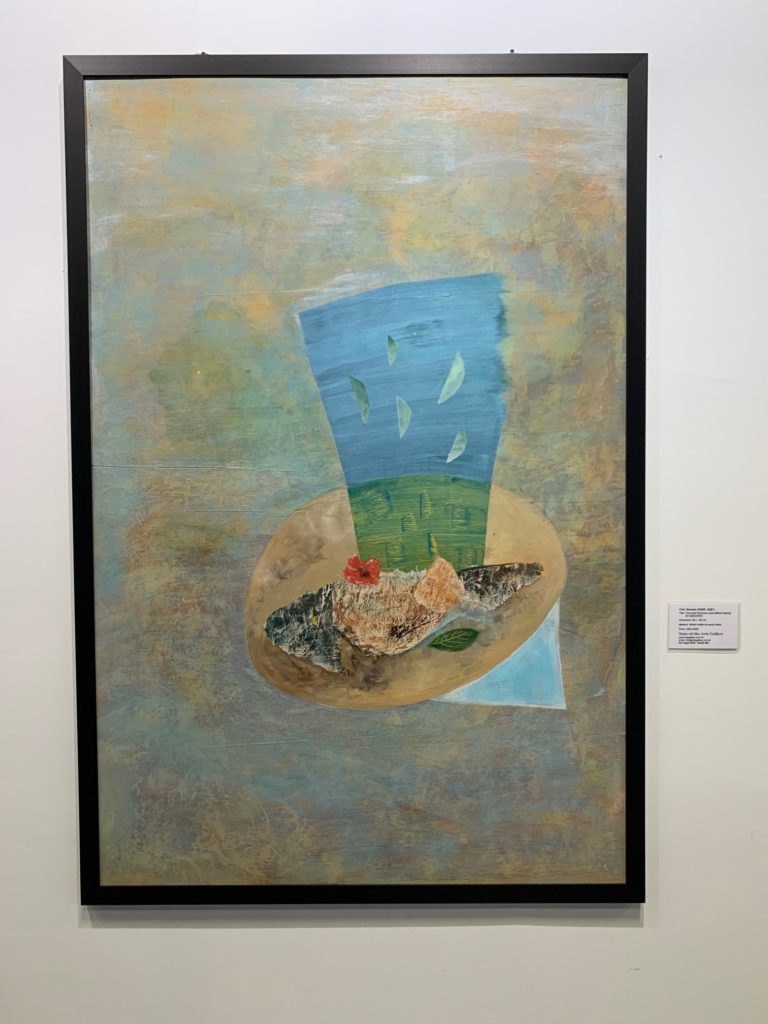
SAMUES, The Earth Nurtures Lives without Saying
地不語而百物生, 80x120cm, Mixed media on wood board.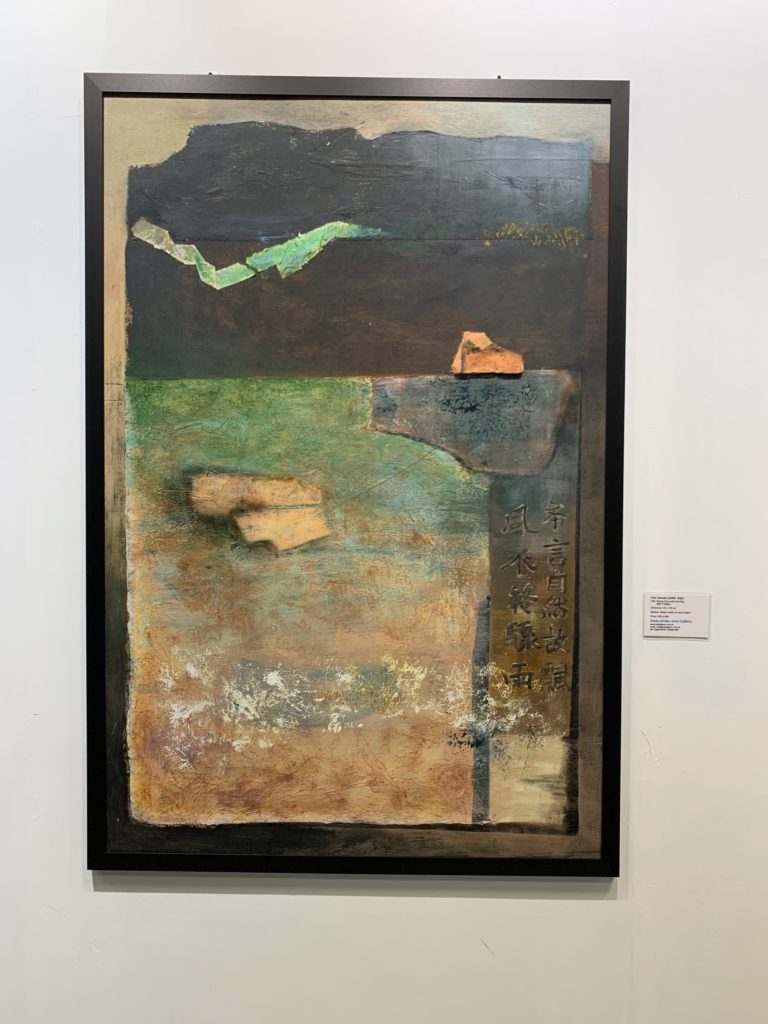
SAMUES, Spring Gone with the Rain, 連雨不知春去, 80x120cm, Mixed media on wood board. 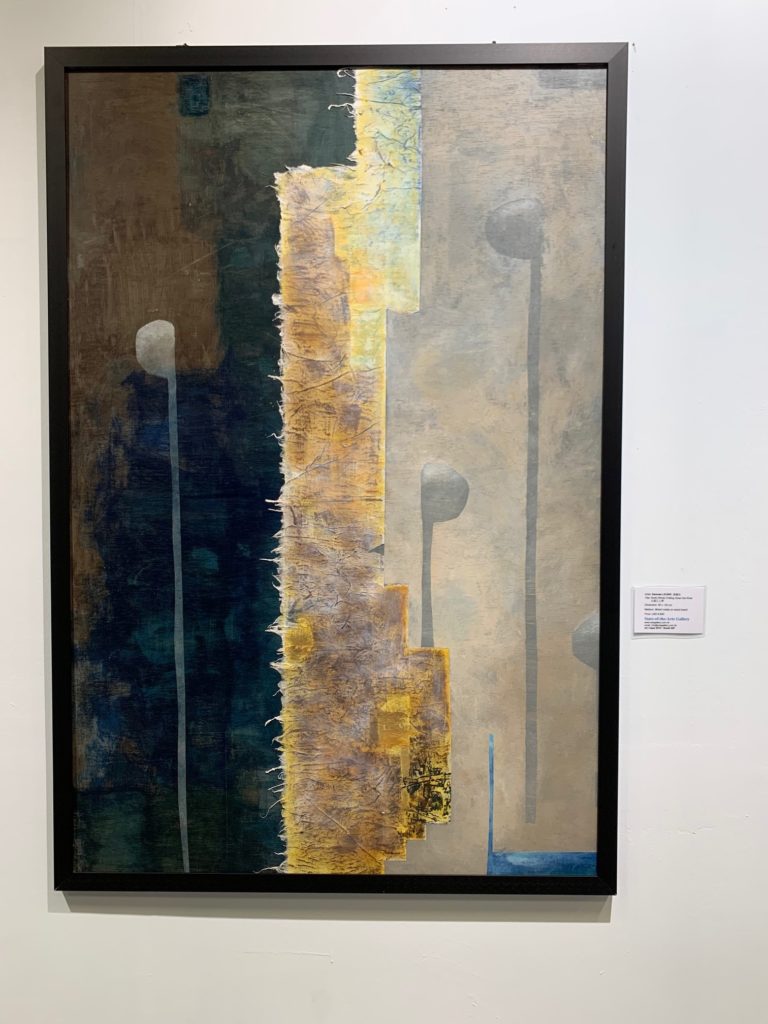
SAMUES, North Wind Chilling Down the River,
北風江上寒, 80x120cm, Mixed media on wood board.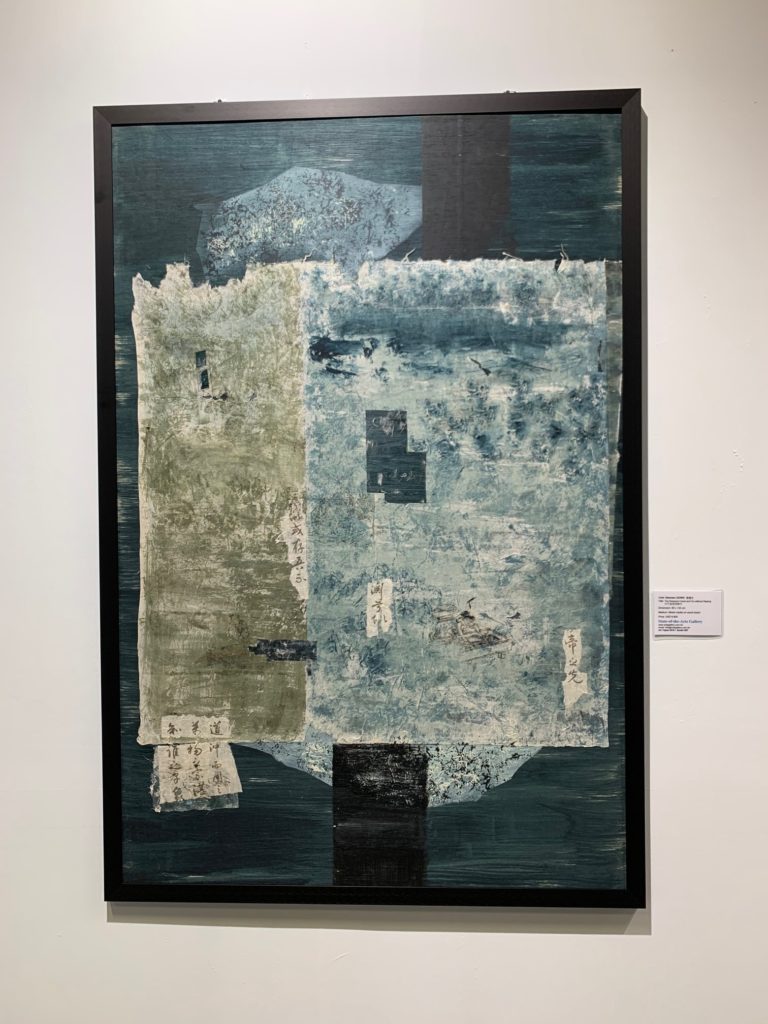
SAMUES, The Seasons Come and Go without Saying, 天不語而四時行, 80x120cm, Mixed media on wood board. 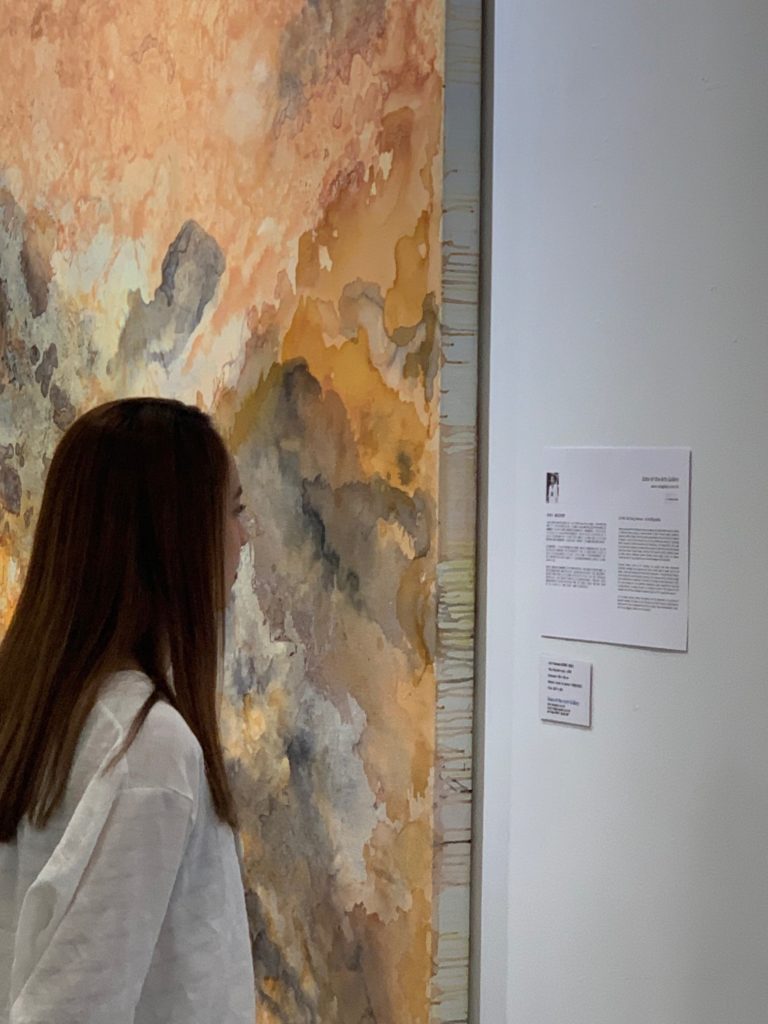
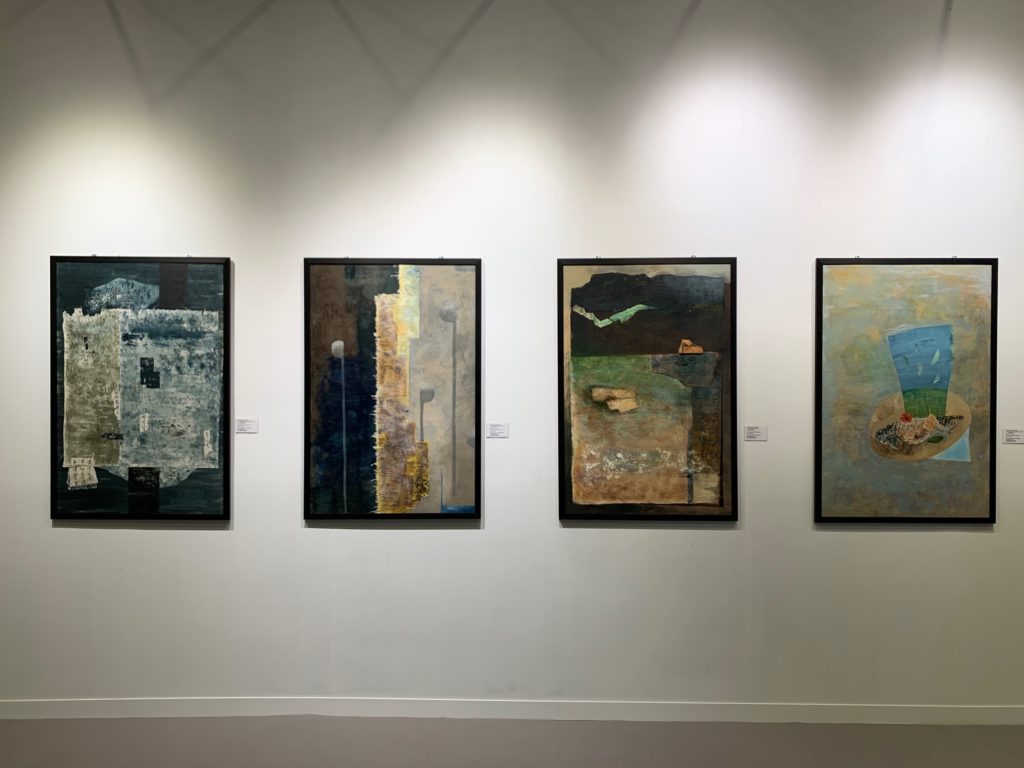
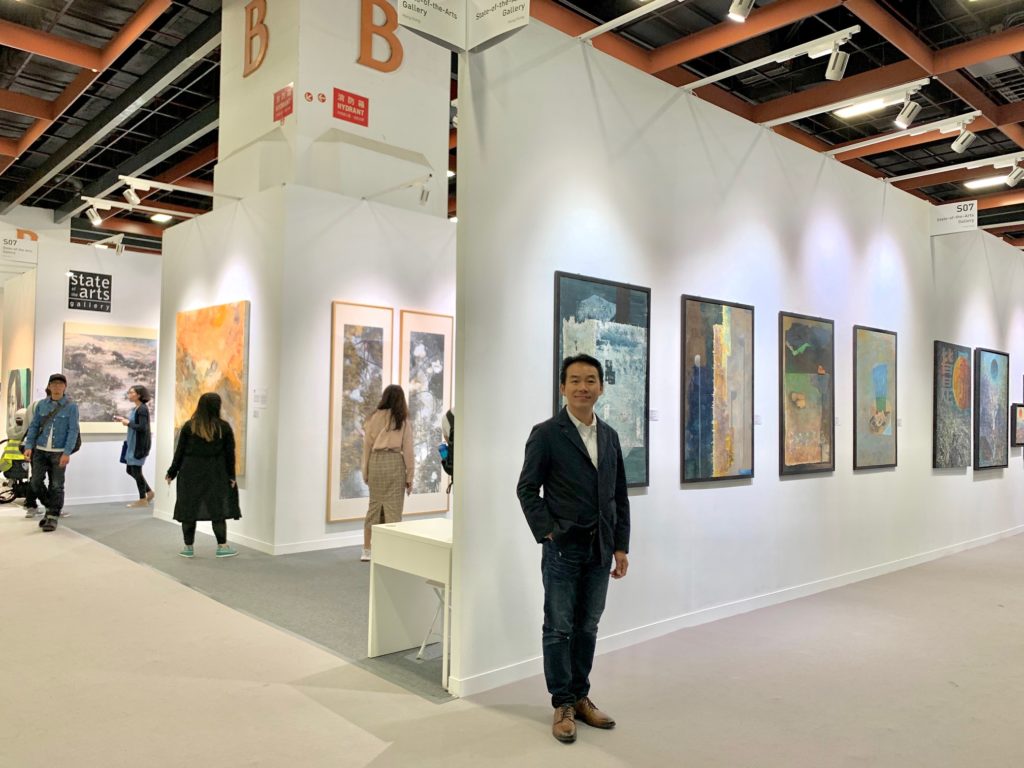
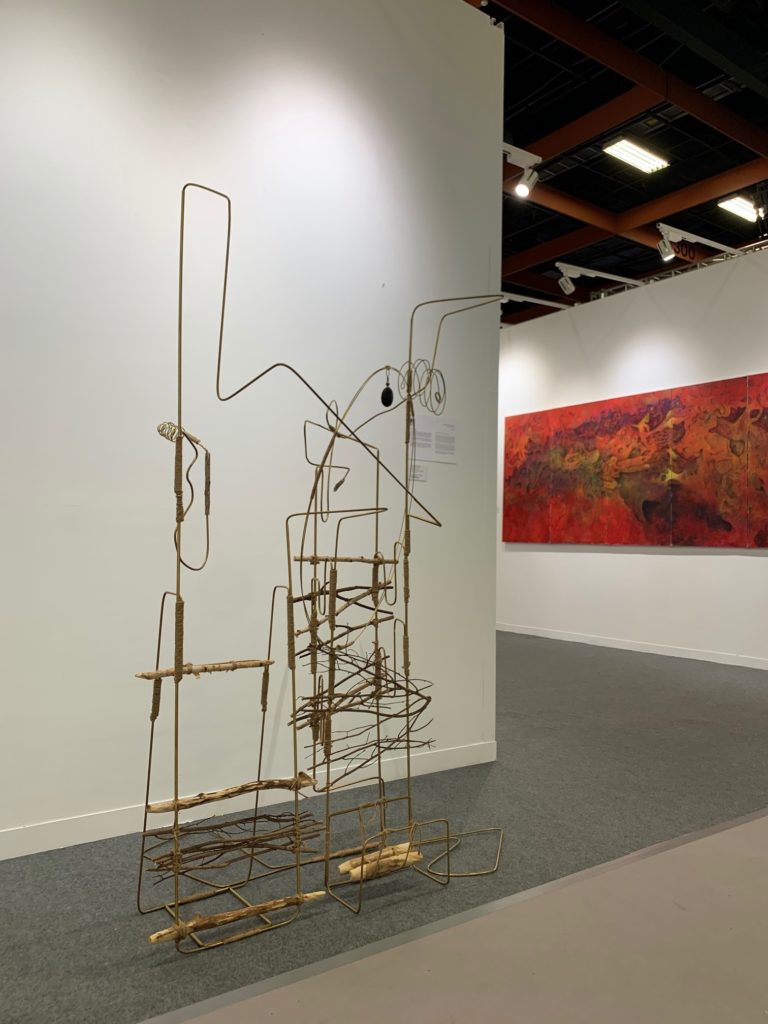
The Seed Story, Art Installation, Mixed media 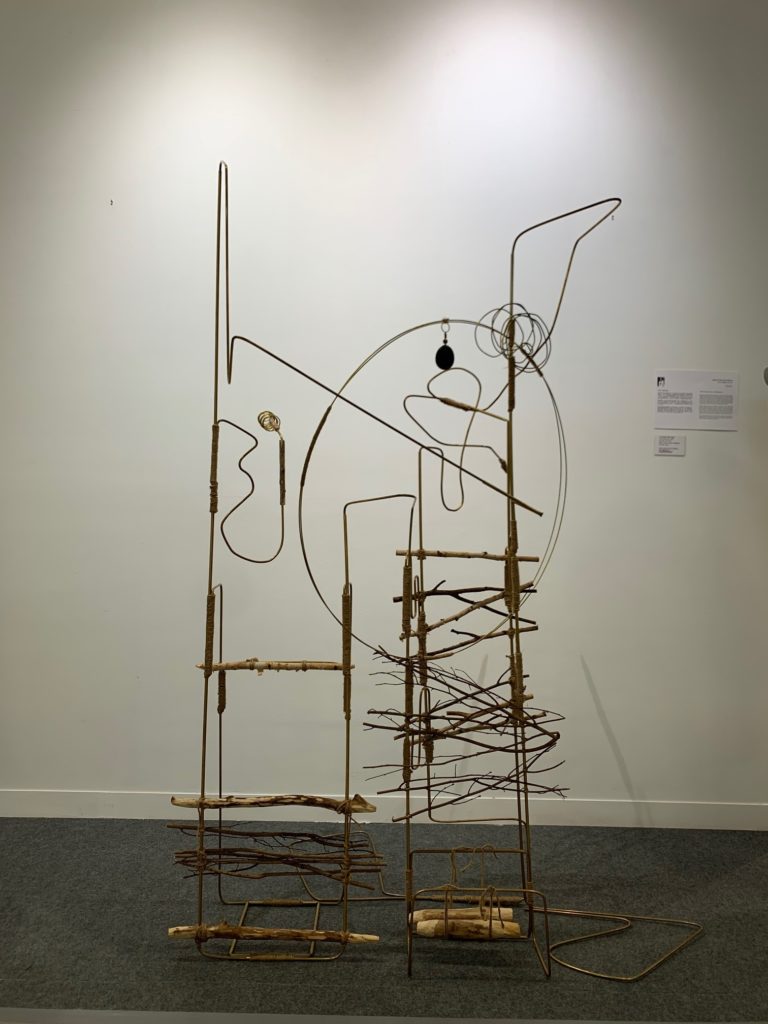
The Seed Story, Art Installation, Mixed media 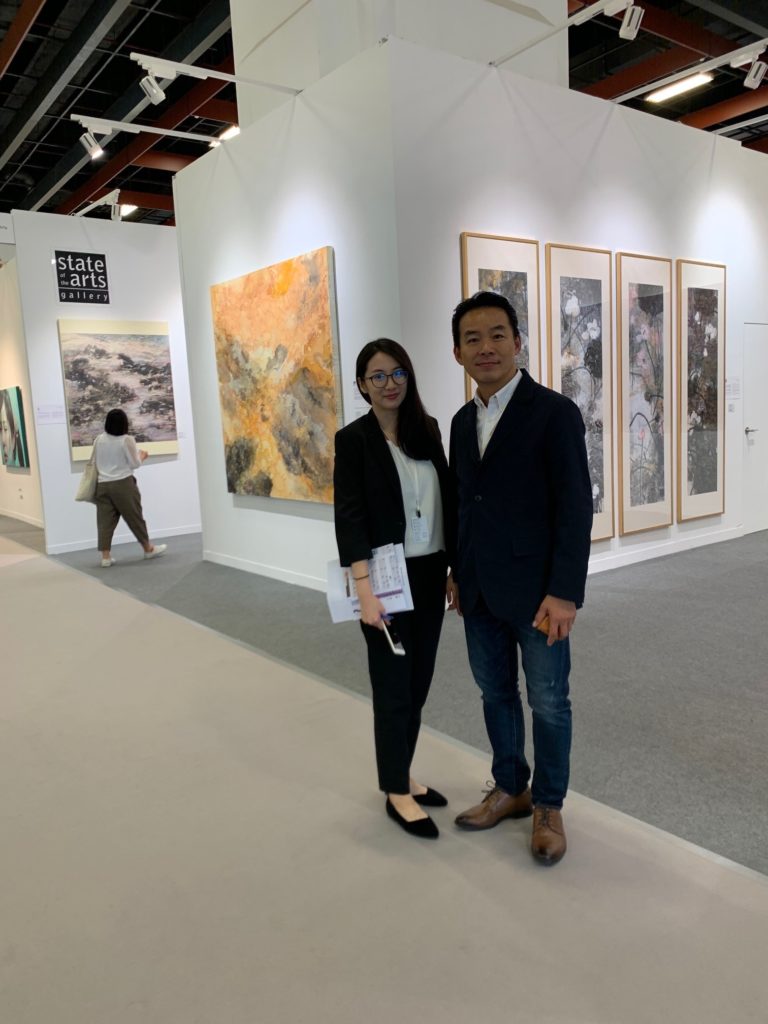
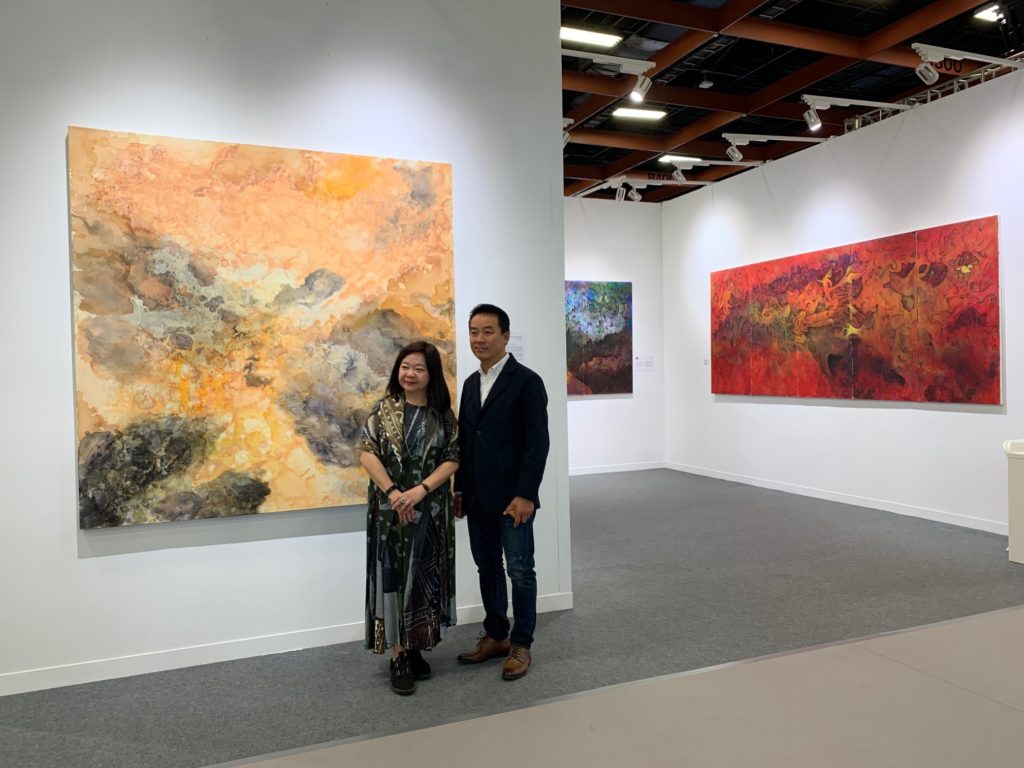
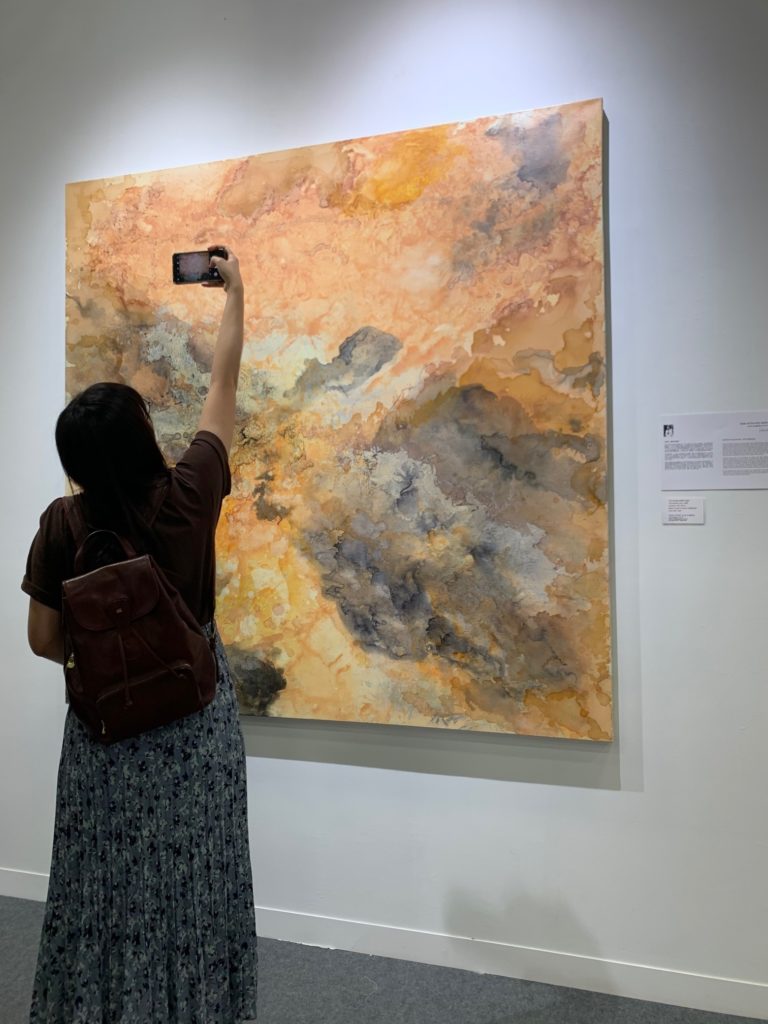
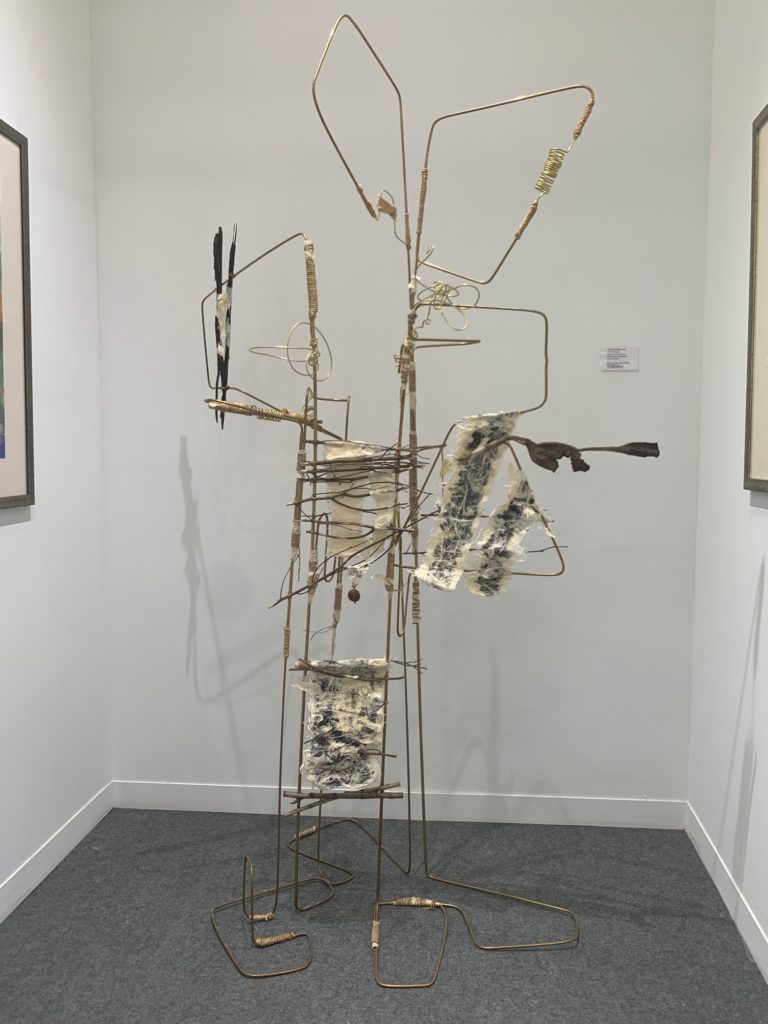
SAMUES, The Men Story, Art Installation, Mixed media 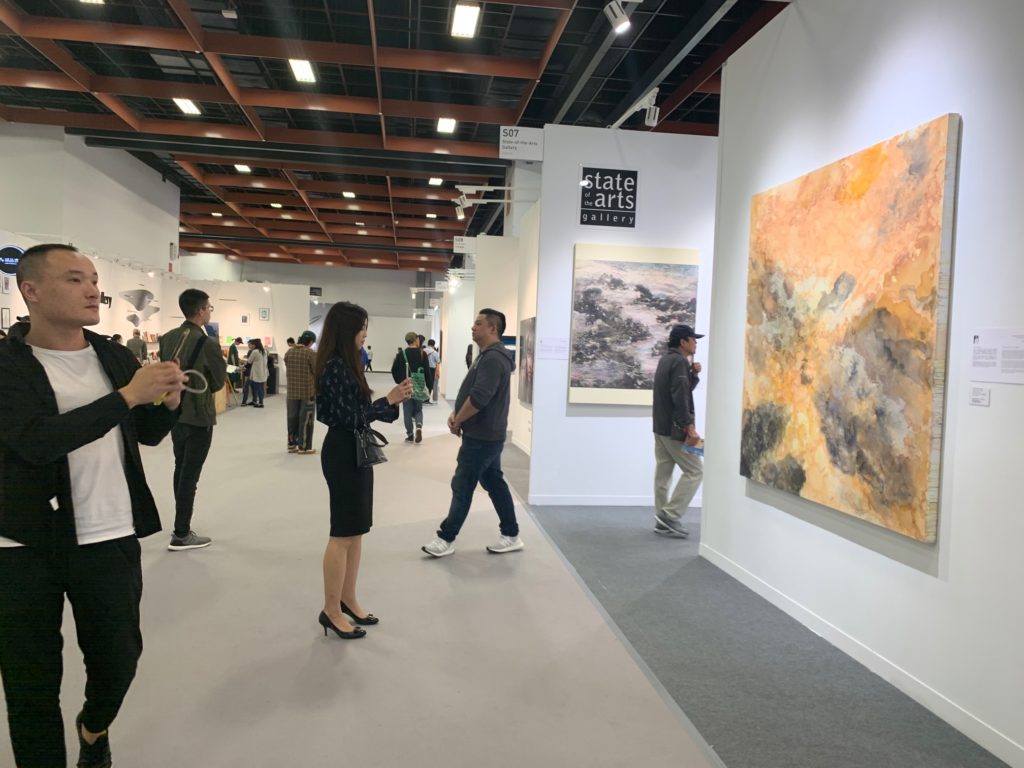
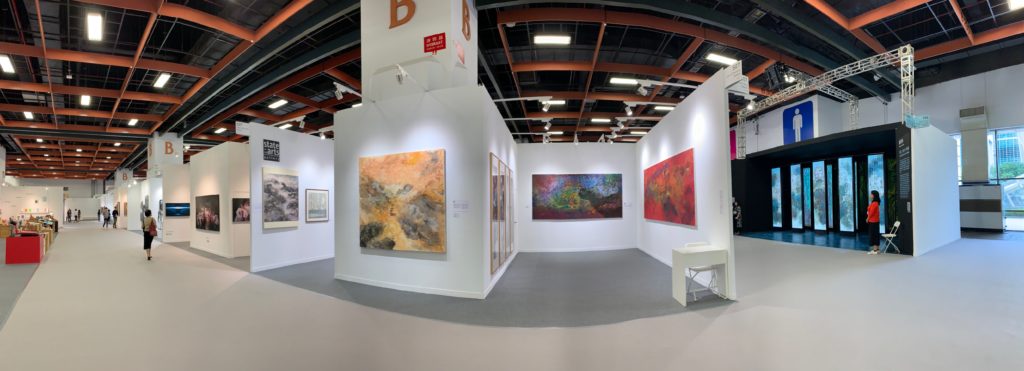
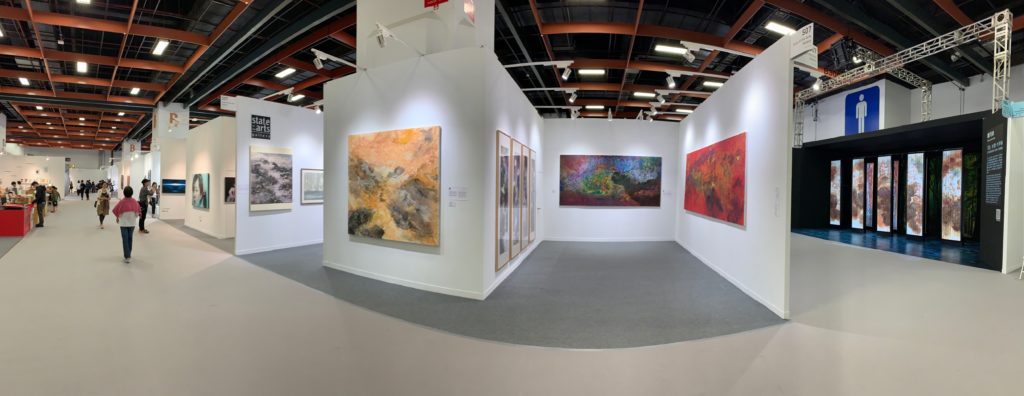
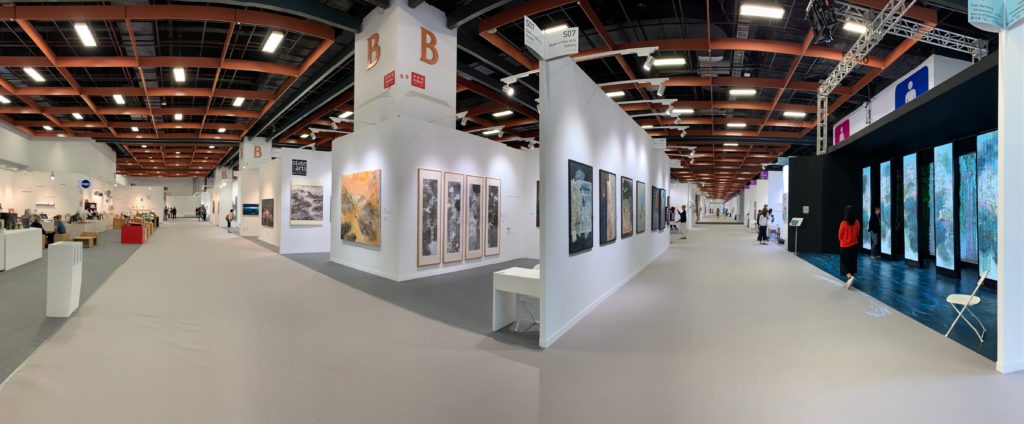
Between light and dark, the actual and the virtual
Written by: Li Meng, A.M. POST/ART PLUS, Oct & Nov 2019
The 26th edition of ART TAIPEI will open on 18 October at the Exhibition Hall, Taipei World Trade Centre. The four-day art fair will bring together 141 galleries from 12 countries and regions in Europe and Asia. With the theme of “Reproduction of Light”, ART TAIPEI is about to show the abundant and diverse reality of the contemporary Chinese art scenes through the dimension of time and space.
Samues Leung created since 2017. The name of the exhibition is “Memories of Shadows”, which coincides with the theme of the exhibition, exploring Zen and poetry between light and shadow, lightness and darkness. He is dabbed in diverse fields, especially in Japanese aesthetics and Zen philosophy, and has an unique understanding of Wabi-sabi.
In Japanese, Wabi means “the elegance and beauty of simplicity”, and Sabi is related to “the perishable time and the impermanent things”. The combination of the two forms the unique aesthetic and worldview of the Japanese, that is, accepting the impermanence and the perishability, accepting the imperfections, and accepting the unfinished. This kind of subtle, unspeakable aesthetics and even life philosophy has become the subject Samues Leung has been frequently thinking in recent years. He used the words clearness, simplicity, lightness and loneliness to describe Wabi-sabi. Through the linear sculpture works made by metal materials such as copper wire, he responds to his own thinking of creation and life.
In the eye of the artist, the twisted and twined metal filaments used, with its shape and posture being varied, is exactly the symbol of the ups and downs, as well as twists and turns of life. He used light to create a shadow on the background wall. The interaction between the sculpture and the shadow also symbolizes the connection between human experience and memories. The contrast of the real thing and the shadow produces a special tension, making the relationship between light and dark, the actual and the virtual a rather intriguing one.
I am very impressed by the simplicity of the exhibits. The simple copper wire, the broken Japanese paper, the old stuffs that are collected from somewhere unknown – all these seemingly “useless” objects were collected together and became the source of inspiration for the creators, and eventually became part of the art work. The boundary between the “useless” and “useful”, the “perfect” and “imperfect” is not as obvious as we usually think, is it?
明暗與虛實之間
文:李夢, a.m. post/artplus, Oct/Nov 2019
今年邁入第26屆的台北國際藝術博覽會,將於10月18日在台北世界貿易中心展覽大樓開幕。為期4日的展會匯聚來自歐亞12個國家及地區的141間畫廊,以「光之再現」為主題,從時間和空間兩個維度,呈現當代華人藝壇的豐富多元景狀。
梁達生自2017年以來完成的新作,取名「影之回憶」(Memories of Shadows),暗合展會主題,在光與影、明與暗之間,探尋禪意與詩意。他涉獵多元,尤其傾心日本美學和禪宗哲學,對於「侘寂」一詞更有獨到理解。
在日語中,「侘」的意思是「簡單而樸素的優雅之美」,「寂」則意味著「時間易逝且萬物無常」,二者結合,形成日本人獨有的審美與世界觀,即接受無常與易逝,接受不完美,並接受未完成。這個微妙的、可意會難言傳的美學乃至人生理念,近年成為梁達生時常思考的主題。他用「清、樸、淡美和孤寂」來形容「侘寂」,亦用銅絲等金屬材料而創作的線性雕塑作品,來回應自己對於創作與人生的思考。
在藝術家眼中,創作所用金屬細絲曲折纏繞,造型與姿態變化多端,正正是人生起落與曲折的象征。他巧用光線,令到雕塑在背景墻面上留下影子,原物與影之間的互動,亦象征人的經歷與回憶之間的關聯。實物與光影因之建構一重張力,明與暗、實與虛之間的關係,頗堪玩味。
展品的素樸,尤其讓我印象深刻。簡陋的銅線,破損的日本紙,不知從哪裡撿拾來的舊物,這些看似「無用」的物件聚在一起,竟成為創作者的靈感之源,並最終成為藝術品的一部分。「無用」與「有用」、「完美」與「不完美」之間的限界,其實並沒有我們想象得那樣明顯,不是嗎?
